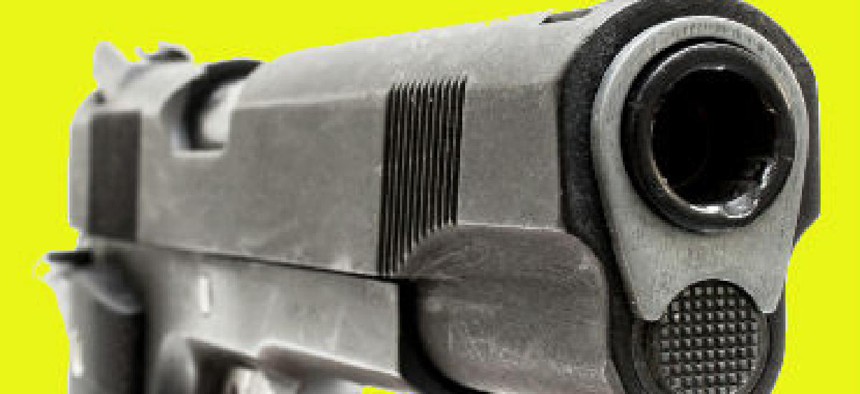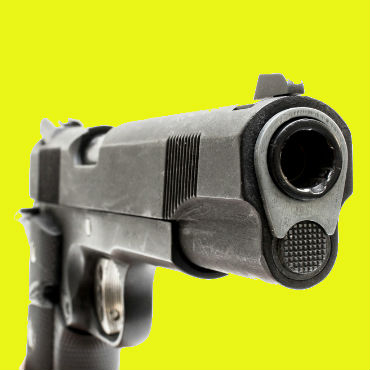Justice Department issues 'smart gun' specs

After six months of talks with firearms firms, law enforcement and independent experts, DOJ officials unveil baseline requirements that could be applied to agency purchases.

The Justice Department has issued a final set of baseline specifications for how “smart gun” technology could enhance firearm safety.
In a Nov. 16 blog post, Justice officials said the specifications contain "a detailed description of the minimum technical requirements that law enforcement agencies expect from smart gun technology" and mark a significant step forward in the Obama administration’s efforts to combat gun violence.
During his State of the Union address in January, President Barack Obama said he wanted to jump-start development of smart gun technology, and in a Jan. 4 memo, he asked the departments of Justice, Defense and Homeland Security to "conduct or sponsor research into gun safety technology that would reduce the frequency of accidental discharge or unauthorized use of firearms, and improve the tracing of lost or stolen guns."
The memo also states that the federal government, as the largest single buyer of firearms in the country, should consider taking the lead by requesting the use of smart gun technology when acquiring firearms.
The baseline specifications were drafted by the National Institute of Justice -- Justice's research, development and evaluation agency -- in consultation with firearms experts at Justice and DHS.
Justice officials said the specifications are not a mandate and instead are aimed at spurring the growth of gun safety technology. They apply to a set of semi-automatic weapons that are widely used by federal law enforcement agencies, and the security features include an integrated device that disables the weapon’s firing mechanism except when in the hands of authorized individuals. That device could be unlocked by externally worn items, such as rings, wristbands or tokens.
The specifications also require a programmable authorization system that can be set to allow one or more agents to fire a weapon if necessary. Furthermore, that system must be shielded from intentional or unintentional electromagnetic interference and equipped with technology that permits the operator to fire the gun when an attempt to block the authorization process is detected.
Justice officials said the voluntary specifications will provide clear guidance on what government firearm buyers require, serve as a benchmark against which to evaluate existing technology while revealing research and development gaps, and demonstrate that a demand for smart guns may exist at the federal, state and local levels if operational requirements are met.
NEXT STORY: DIUX and RCO could get lost in transition





